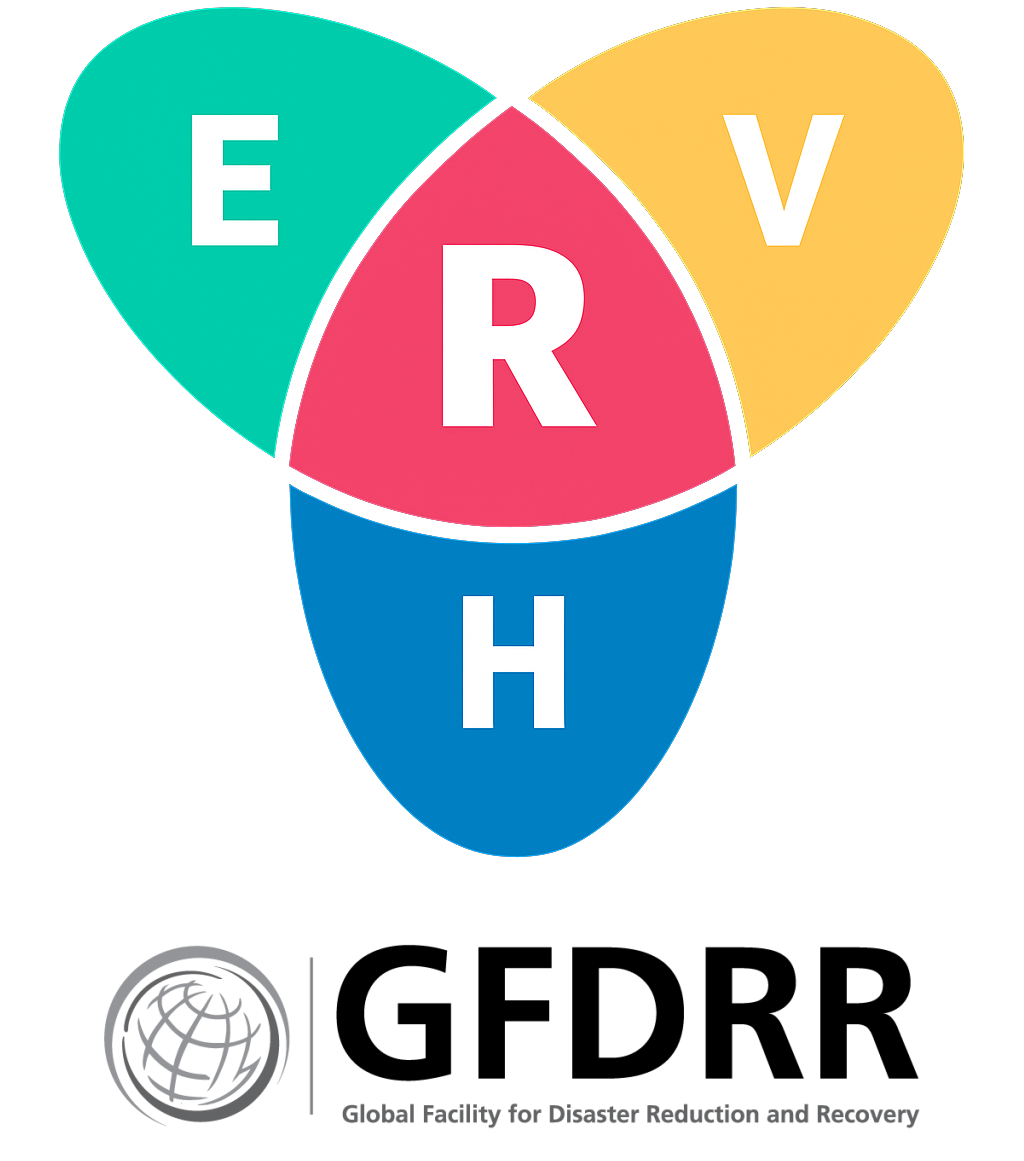HARVESTING AND RESAMPLING OF BUILT-UP DATA FROM WSF-2019#
This script downloads WSF 2019 binary data at 10m for a given country, resample it to 100 m and convert values on a 0 to 1 range.
import os
import requests
import geopandas as gpd
import shutil
from osgeo import gdal
from shapely.geometry import shape, MultiPolygon
from shapely.geometry.base import BaseGeometry
from shapely.ops import unary_union
from tqdm import tqdm # For progress bar
from gdal_utils import merge_tifs, gdalwarp_wsf19, gdal_calc_wsf19 # Custom functions for geoprocessing
import concurrent.futures # For threading
# Define the REST API URL
rest_api_url = "https://services.arcgis.com/iQ1dY19aHwbSDYIF/ArcGIS/rest/services/World_Bank_Global_Administrative_Divisions_VIEW/FeatureServer"
# Function to get the correct layer ID based on administrative level
def get_layer_id_for_adm(adm_level):
layers_url = f"{rest_api_url}/layers"
response = requests.get(layers_url, params={'f': 'json'})
if response.status_code == 200:
layers_info = response.json().get('layers', [])
target_layer_name = f"WB_GAD_ADM{adm_level}"
for layer in layers_info:
if layer['name'] == target_layer_name:
return layer['id']
print(f"Layer matching {target_layer_name} not found.")
return None
else:
print(f"Failed to fetch layers. Status code: {response.status_code}")
return None
# Function to fetch the ADM data using the correct layer ID
def get_adm_data(country, adm_level):
layer_id = get_layer_id_for_adm(adm_level)
if layer_id is not None:
query_url = f"{rest_api_url}/{layer_id}/query"
params = {
'where': f"ISO_A3 = '{country}'",
'outFields': '*',
'f': 'geojson'
}
response = requests.get(query_url, params=params)
if response.status_code == 200:
data = response.json()
features = data.get('features', [])
if features:
geometry = [shape(feature['geometry']) for feature in features]
properties = [feature['properties'] for feature in features]
gdf = gpd.GeoDataFrame(properties, geometry=geometry)
return gdf
else:
print("No features found for the specified query.")
return None
else:
print(f"Error fetching data: {response.status_code}")
return None
else:
print("Invalid administrative level or layer mapping not found.")
return None
# Function to download files with progress bar
def download_file(url, dest_folder):
if not os.path.exists(dest_folder):
os.makedirs(dest_folder)
local_filename = os.path.join(dest_folder, url.split('/')[-1])
if not os.path.exists(local_filename):
with requests.get(url, stream=True) as r:
r.raise_for_status()
with open(local_filename, 'wb') as f:
for chunk in r.iter_content(chunk_size=8192):
f.write(chunk)
return local_filename
# Mapping of administrative levels to field names
adm_field_mapping = {
0: {'code': 'HASC_0', 'name': 'NAM_0'},
1: {'code': 'HASC_1', 'name': 'NAM_1'},
2: {'code': 'HASC_2', 'name': 'NAM_2'},
# Add mappings for additional levels as needed
}
# SPECIFY COUNTRY TO DOWNLOAD
country = 'RWA' # Country ISO_A3 code
adm_level = 2 # Administrative level (e.g., 2)
# Fetch the data
adm_data = get_adm_data(country, adm_level)
if adm_data is not None:
# Step 1: Extract and combine the geometry into a single geometry
ADM_area = adm_data.unary_union # Combine all geometries into one
if not isinstance(ADM_area, (MultiPolygon, BaseGeometry)):
# If the union results in a non-polygonal shape, handle it accordingly
ADM_area = MultiPolygon([ADM_area])
# Convert to bounding box
bbox = ADM_area.bounds # (minx, miny, maxx, maxy)
# Step 2: Construct the STAC search query
search_query = {
"bbox": list(bbox), # [minx, miny, maxx, maxy]
"collections": ["WSF_2019"], # Assuming this is the correct collection name
"limit": 100 # Adjust as needed
}
# Step 3: Send the POST request to the STAC API
stac_search_url = "https://geoservice.dlr.de/eoc/ogc/stac/v1/search"
headers = {
"Content-Type": "application/json"
}
response = requests.post(stac_search_url, headers=headers, json=search_query)
# Step 4: Check the response status and parse the results
if response.status_code == 200:
search_results = response.json()
items = search_results.get("features", [])
if items:
print(f"Found {len(items)} items.")
# Directory to save downloaded files
subfolder_name = f"{country}_tifs"
download_folder = os.path.join(f"wd/data/{country}_WSF_2019/", subfolder_name)
if not os.path.exists(download_folder):
os.makedirs(download_folder)
# Step 5: Sequentially download .tif assets into the subdirectory
tif_files = []
total_files = len([asset for item in items for asset in item['assets'].values() if asset['href'].endswith('.tif')])
with tqdm(total=total_files, desc="Downloading .tif files") as pbar:
for item in items:
for asset_key, asset_value in item['assets'].items():
if asset_value['href'].endswith('.tif'):
tif_file = download_file(asset_value['href'], download_folder)
tif_files.append(tif_file)
pbar.update(1)
# Step 6: Mosaic the downloaded .tif files using the subdirectory
merged_tif_path = os.path.join(download_folder, f"{subfolder_name}.tif")
output_filename = os.path.join(f"wd/data/{country}_WSF_2019/", f"{country}_WSF-2019.tif")
if tif_files and not os.path.exists(output_filename):
print("Mosaicing downloaded .tif files...")
merge_tifs(download_folder)
os.rename(merged_tif_path, output_filename)
else:
print("Mosaic already exists, skipping mosaicing.")
# Step 7: Upscale and normalize the mosaiced file
input_file = output_filename
output_file = os.path.join(f"wd/data/{country}_WSF_2019/", f"{country}_WSF-2019_100m.tif")
output_calc_file = os.path.join(f"wd/data/{country}_WSF_2019/", f"{country}_BU.tif")
if not os.path.exists(output_file):
print("Resampling WSF 2019 to 100m...")
gdalwarp_wsf19(input_file, output_file)
else:
print(f"{output_file} already exists, skipping upscaling.")
if not os.path.exists(output_calc_file):
print("Normalising WSF 2019 range [0 to 1]")
gdal_calc_wsf19(output_file, output_calc_file)
print(f"Mosaiced and Upscaled file saved as {output_calc_file}")
else:
print(f"{output_calc_file} already exists, skipping normalization.")
# Delete the tiles subfolder after mosaicing
if os.path.exists(download_folder):
shutil.rmtree(download_folder)
print(f"Deleted temporary folder: {download_folder}")
else:
print("No items found for the specified query.")
else:
print(f"Error {response.status_code}: {response.text}")
else:
print("Missing ADM data!")
Found 4 items.
Downloading .tif files: 100%|████████████████████████████████████████████████████████████████████| 4/4 [00:00<?, ?it/s]
Mosaicing downloaded .tif files...
Resampling WSF 2019 to 100m...
Normalising WSF 2019 range [0 to 1]
Mosaiced and Upscaled file saved as wd/data/RWA_WSF_2019/RWA_BU.tif
Deleted temporary folder: wd/data/RWA_WSF_2019/RWA_tifs
